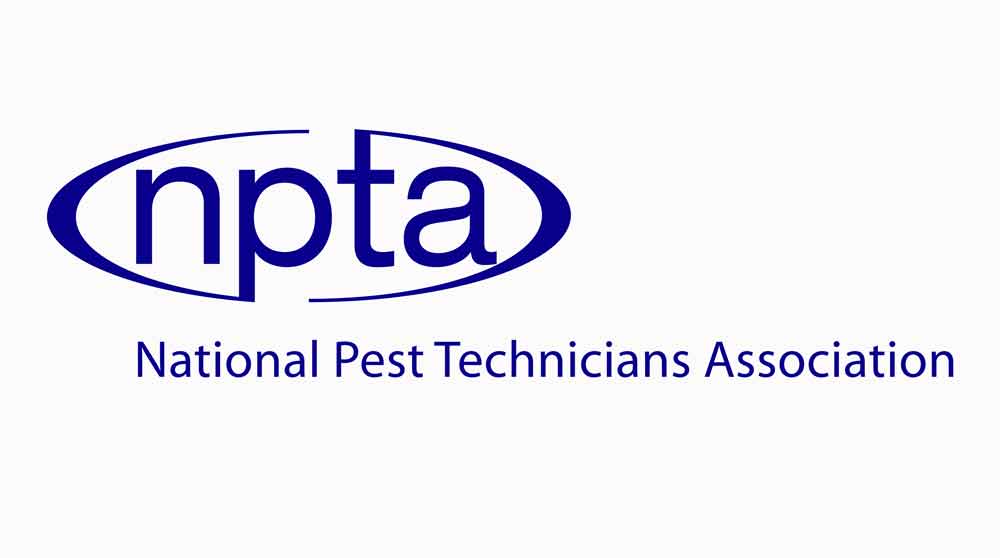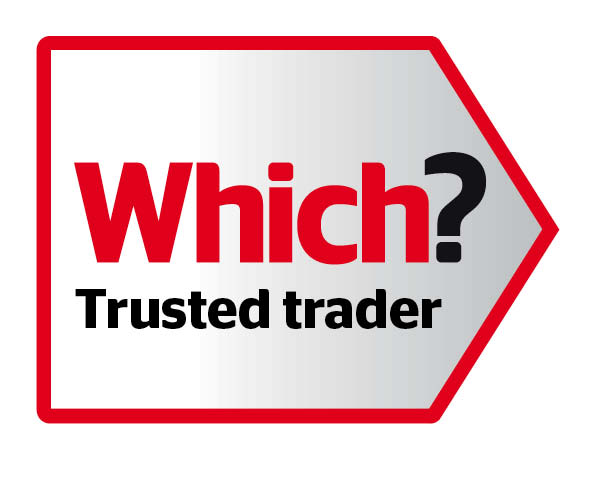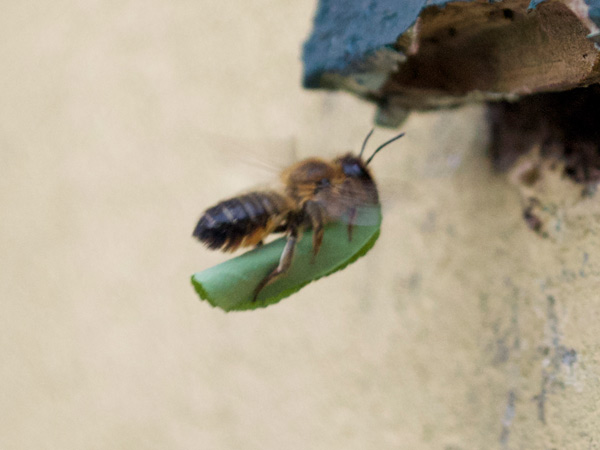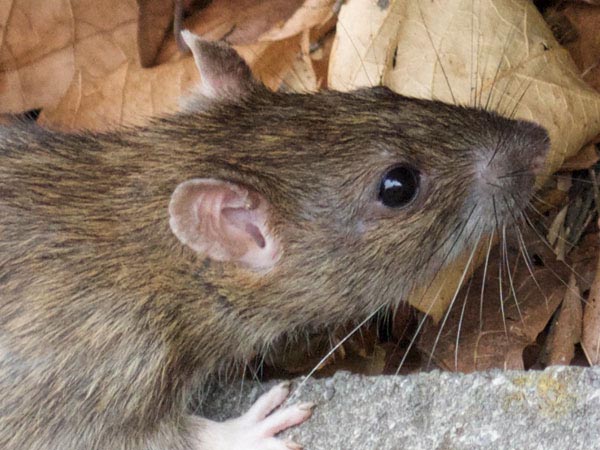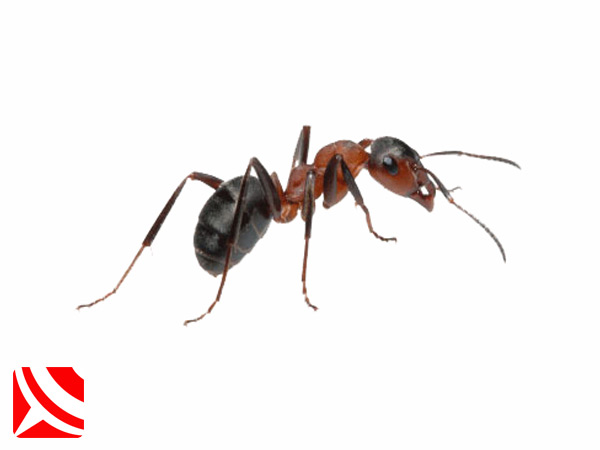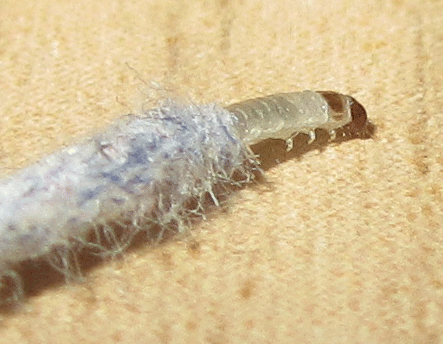
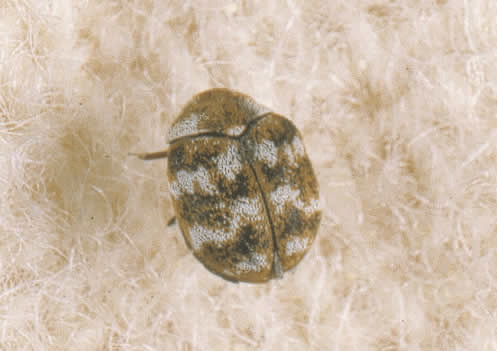
Bristol Textile Pest Control - FAQ's
What Are Textile Pests?
Textile pests are insects like moths and beetles whose larvae possess digestive systems containing a mixture of bacteria and chemicals, designed to break down natural fibres into components that offer the larvae a source of essential nutrients.
The digestive processes involved are highly complex and each insect has a slightly different way of doing the job properly.
What Materials Do Textile Pests Eat?
The primary material being digested is keratin, a protein component of feathers, hair, fur, horns, antlers, hooves, nails and even beaks, although the plant derived products, such as the expensive flooring product sisal is also at risk.
Where Do Textile Pests Come From?
Textile pests are found widely in the environment, so are not simply imported with foreign textiles or brought into your home with new carpets.
When Are Textile Pests Most Active?
We see these pests predominantly between April and September due to the natural rise in out-door temperatures although these insects will remain active throughout the year indoors.
Infestations can be difficult to spot in many homes until the damage is all too apparent and you lift up a sofa or bed to find the textile looking a little fluffy - but it is only when you vacuum you finally discover a very large bald patch, often requiring that the whole carpet be replaced.
Moths are normally seen at night flying around computer monitors or TV screens and the beetles are often found on window sills. Most properties will have these insects, yet numbers will be very small and damage not noticeable. In large infestations however, dozens or even hundreds of moths, beetles and larvae will be discovered.
Where Are Textiles Most At Risk?
Stored textiles in lofts and cellars, are very often most at risk. Undisturbed, and dark, they create ideal conditions for infestations to develop that will ultimately infest the textiles of the main living areas
What Should I Do If I Find Them?
Early intervention is essential to the success of any control, so contact us to carry out a thorough inspection of the property and if required we can advise you about the key options available to your particular situation.
How Do I Get Rid of Textile Pests?
Residual insecticides and rapid knock down fumigation are among the methods open to us in the crusade against textile pests. In general you need to use a variety of treatment methods to achieve a high degree of control and of course the more thorough the treatment the more it will cost.
Damaged textiles cost thousands to replace so any treatment that prevents a total loss will remain good value for money. Even if you decide to throw out the carpet or other textiles it is well worth having the area treated to control any traces of infestation left, that only experts like ourselves can spot.
